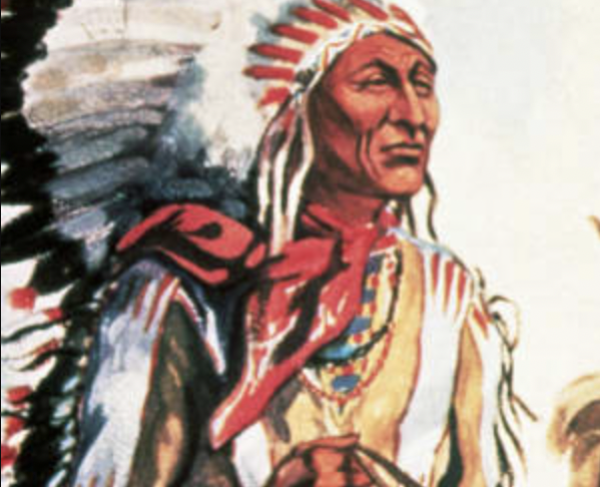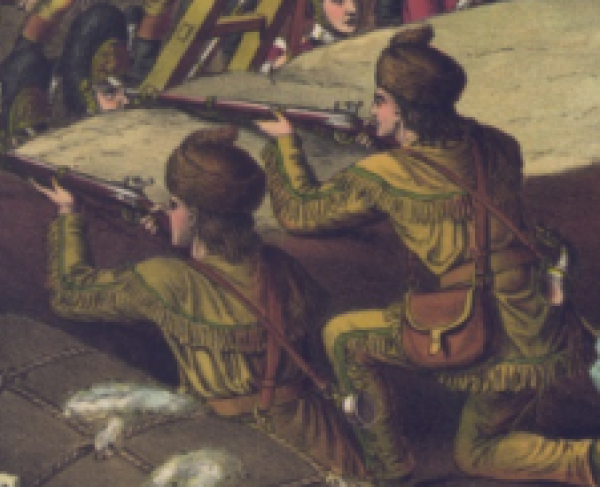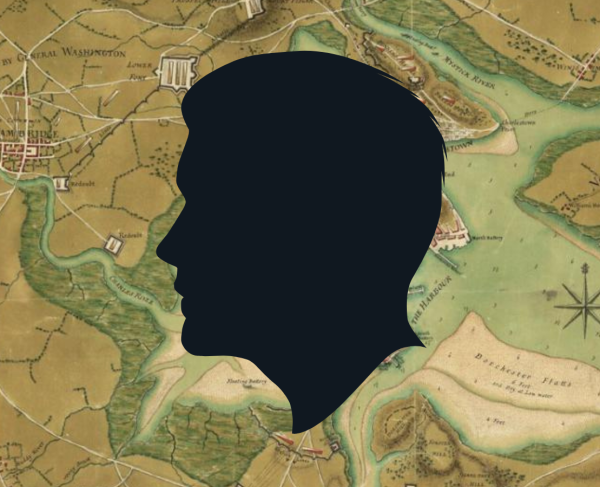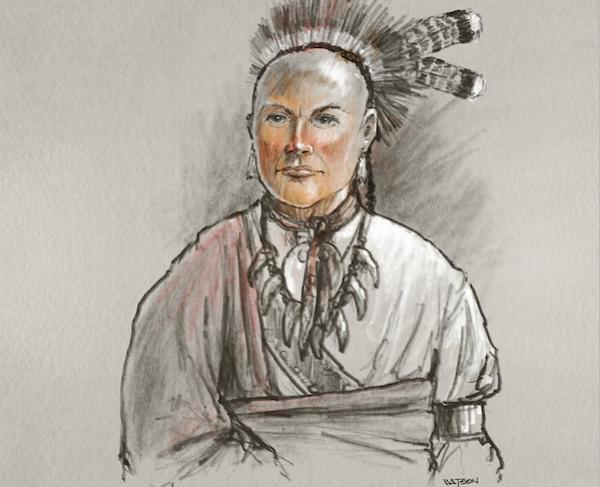Crazy Horse

Crazy Horse was born in 1840 in the Black Hills of South Dakota. As a child, he was named “Curly Hair” due to his light complexion and hair that made him stand out from all the other boys. It is believed he acquired his name, the same his father bore, after a battle.
As a young man, Crazy Horse went on a vision quest and had a vivid dream of a rider on horseback. The picture he received was one of an unadorned rider with unbraided hair and a small stone in his ear. Throughout his life, he would ride into battle with a lightning bolt painted on his face and hailstones on his horse. To Crazy Horse, the vision signified instructions that he had to adhere to and would continue to follow until his death.
When Red Cloud’s War began in 1866, Crazy Horse played a role in helping raid white settlements and forts. Although not part of the decoy party, Crazy Horse was present when a mix of Lakota, Cheyenne, and Arapaho tribes lured the U.S. Army into a deadly ambush north of Fort Phil Kearny in what came to be known as the Fetterman Fight on December 21, 1866. Two years later, the 1868 Treaty of Fort Laramie signed the abandonment of forts along the Bozeman Trail by the U.S. government and secured Lakota land in the Black Hills. With the signing of the treaty, Crazy Horse became a recognized leader among the Oglalas and continued his fight.
After the discovery of gold in the Black Hills, the Lakotas were ordered to move to reservations by the U.S government. Crazy Horse refused these conditions and instead continued to live outside of the reservation. On June 17, 1876, he led a force of more than one thousand warriors against General George Crook in the Battle of the Rosebud. The battle resulted in a draw but lifted the morale of the warriors and the entire village.
On June 25, 1876, eight days after the encounter at Rosebud, Crazy Horse fought with Chief Sitting Bull at the Battle of Little Bighorn. Crazy Horse led his warriors to help defeat Lt. Col. George Armstrong Custer and five of his companies in what was an overwhelming loss for the U.S. Army.
After the battle, Crazy Horse and his followers decided to travel through the Yellowstone River and continued fighting. The U.S. Army began constant harassment and harsh policies against the Lakotas with an end goal of total surrender. With the threat of harassment and a loss of their main food source, Crazy Horse and his followers were left to rethink their next steps.
On May 6, 1877, Crazy Horse and his followers surrendered at Fort Robinson in Nebraska. After a short stay at the Red Cloud Agency, a miscommunication — regarding Crazy Horse’s intentions after his surrender — led to his eventual arrest. In a struggle against the arresting soldiers, Crazy Horse was ultimately stabbed in the abdomen.
Crazy Horse passed away that same night on September 5, 1877.


